Craig Bartholomew is the Director of the Kirby Laing Centre for Public Theology.
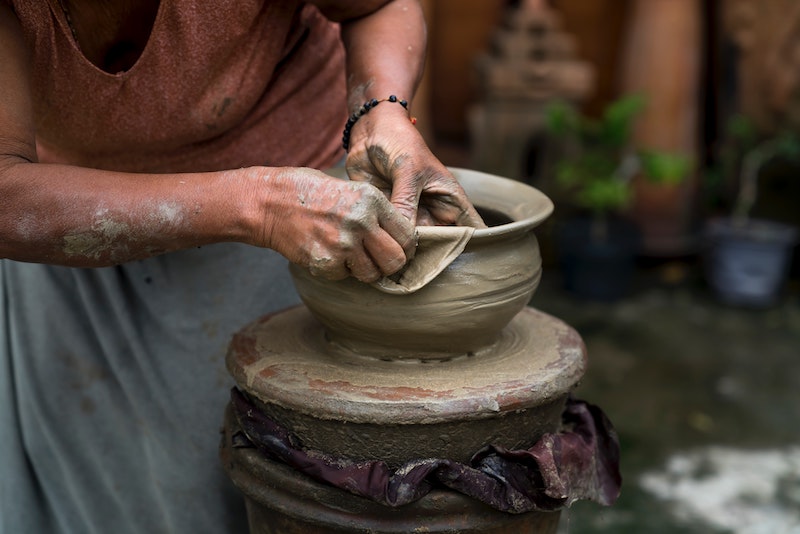
If we consider the effect, we shall see there the pattern of human life. Every artisan aims to produce a work that is beautiful, useful, and enduring; and only when it possesses these three qualities is the work highly valued and acceptable.
– St Bonaventure, Works of St Bonaventure: On the Reduction of the Arts to Theology
Some years ago, I discovered the delights of craft and ended up doing several jewellery courses at an academic jewellery department in South Africa, a stained-glass course in Canada, etc. Ever since, I have enjoyed crafting as an activity that balances my cerebral work as an academic. I doubt I am alone in this. Amidst our (post)-industrialised consumer culture, a hunger is evident for the process of crafting and for hand-crafted products.
Nearly as far back as we go craft has always existed (cf. Gen 4:20–22), but it became differentiated from art during the Renaissance and moved into strong focus as such in reaction to the Industrial Revolution. Central figures in this respect were John Ruskin (1819–1900) and William Morris (1834–1896), founders of the Arts and Crafts Movement. Korn (35) notes that “Ruskin and Morris welded the ideas of the applied arts, the vernacular, and the politics of work into a theory of production intended to counteract the evils of industrial capitalism.” Alas, their workshops could only survive by making products for the wealthy and the movement was dealt a fatal blow by World War I. However, their ideas did not die, and Korn (31) points out that some fifty years later their narrative fed into the emergence of the studio craft movement, his craft movement. The revival of craft is thus relatively new; Korn estimates that at a major craft show in New York in 1978 he was only one of six full-time furniture makers out of 500 exhibitors.
Korn’s book is exquisite, as befits a book about craft. Including photographs and drawings, it weaves deeply personal narrative into profound reflection on craft, its renaissance, and how it relates to our humanity, into a wonderful whole, moving between Korn’s move from carpentry to furniture making, to philosophical and ethical reflections on why we are attracted to craft and what is going on in such making.


Korn’s personal narrative
Korn was born in 1951 of Jewish parentage. He explicitly describes himself as “not religious” but, as I will explain below, the language of his book indicates that this is not as straightforward as he suggests. He describes his development as one from the surface of life to its depth. Of his move to Nantucket at the end of his student years he notes, “We were all looking for accurate maps of the world, my friends and I” (19). Korn got work in carpentry and then a day came when he decided to make a cradle for friends expecting their first child: “After three days of intense focus, cold, and solitude, the cradle is complete – a miraculous birth in its own right. I have somehow transformed benign intent into a beautiful, functional object. This is my moment on the road to Damascus. I am overtaken by a most unexpected passion” (28). This passion shapes the rest of his life.
Korn went on to become a furniture maker and teacher, survived two bouts of Hodgkin’s disease in his twenties and forties, and ended up setting up the Center for Furniture Craftsmanship in Rockport, Maine, of which he is a former Executive Director. Along the way he discovered his capacity for administration and writing, a product of which is this book. Indeed, Korn combines the roles of expert practitioner, profound thinker and excellent writer, a rare, but most welcome, combination.
He first contracted cancer at age 27, at a time when chemotherapy was in its early days, hence the harrowing description of his treatment. Intriguingly, he sees this profound suffering as pivotal in his development: prior to the cancer he was “a want-generating machine” (70). Now, however, “Without the distraction of wanting I became alive to the moment, and the moment was incomparable.… Cancer had spun the kaleidoscope and the bits and pieces were rearranging themselves in new patterns” (70). Significantly the section following this narrative in his book is titled “Finding My Voice”; freed of constant wants, he was able to develop an aesthetic of his own.

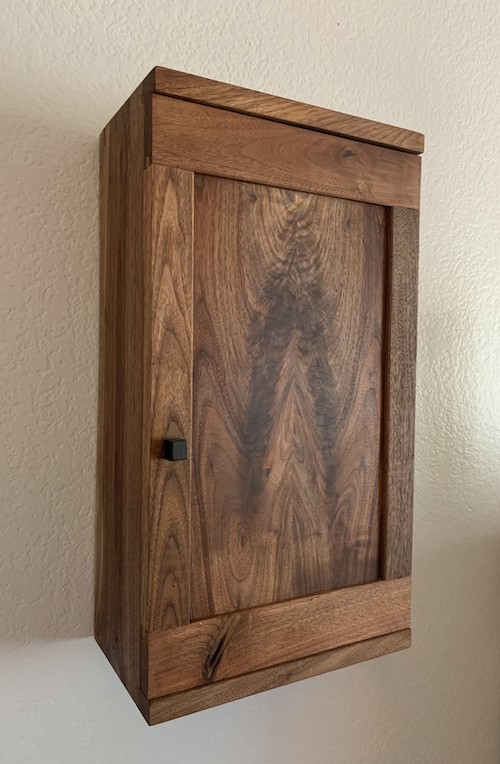
Korn’s father lamented the fact that he developed a vocation that did not involve the mind, but Korn finds that what he loves about craft is that it involves the heart, the head, and the hand: “To engineer a joint that was sufficiently strong and durable, I had to understand wood strength, wood movement, grain direction, and properties of adhesives” (50). He notes the integrality of craft: “There is a deep centeredness in trusting one’s hands, mind, and imagination to work as a single, well-tuned instrument, a centeredness that touches upon the very essence of fulfillment” (53). For all that the craftsperson brings to the task, one’s work is subject to the test of reality (55) which must be understood and known well.
In his thirties, Korn was confronted with the tension between idealism and financial survival, a tension that confronts many creative vocations. His writing on commerce and art is mature and well thought through, including reflections on the positive roles that vendors can play (149–50) and an engagement with Lewis Hyde’s extraordinary work, The Gift, which our KLC Arts Hub has discussed in several meetings. In dialogue with Hyde, Korn elaborates on the economy of the gift or the gift economy:
Creative inspiration becomes a gift because some artists experience it as a form of grace visited upon them from outside. Once received, this gift is nurtured by the inner gift of the artist, the creative genius with which he was endowed at birth. Next the artist shares his work with others – a third gift that creates a cycle of gifts, a gift economy. When the artist lets go of his work, he becomes an empty vessel, open to inspiration all over again. The more he is able to give, the more he is able to receive. (157)
Why Craft?
Korn reflects deeply on why he and others are so drawn to craft. His surprising answer is that folk like himself are not just trying to produce craft objects but are striving through craft towards the shape of the good life. For Korn, in retrospect, he was thinking by means of materials and tools towards objects that would reveal the nature of the good life. “In short, in making a straightforward desk I utilized a language of materiality that was simultaneously visual, tactile, stylistic, spiritual, functional, and political to design my way to a vision of the good life” (59).
How exactly does this process work? Korn agrees with Pirsig,(1) Sennett,(2) and Crawford that the aspiration for quality is the key to a good life, and this is precisely what we find in the crafts. Korn’s example in this respect rings true for us consumers of mass-produced furniture. He points out that for a simple cabinet door to stay flat and to remain this way, the choice of timber is crucial, and expertise and care is required at each stage in the production process. A good craftsperson thus aspires to hard-won quality in their work, and quality is the/a key to the good life. Modern life, furthermore, easily distances us from the visceral, material nature of earthy reality, and thus is deficient in feeding what Korn delightfully – and insightfully – refers to as the “earthly nature of our spiritual appetites.” Through concentrated engagement with the materiality of the world, craft thus allows for a more authentic human life.
Korn’s language in terms of craft’s value is surprisingly strong; it provides for nothing less than the transformation of the crafter. To see how this is the case we need to attend to Korn’s remarkable exploration of craft and worldview.
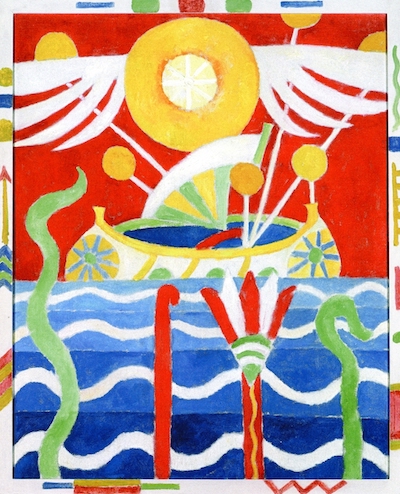
Craft and Worldview
What astonishes me in Korn’s book is how clearly he connects craft with what I call “worldview”(4); generally, his preferred term is “mental maps.” Korn rightly points out that a piece of furniture embodies a view of life or worldview: aesthetically, it conveys impressions – what the Canadian aesthetician Calvin Seerveld calls its allusive quality – which evoke meaning, meaning which is, for example, if well-made, in contradiction with consumerism (58–9). In a wonderful turn of phrase, Korn states that furniture “describes the life to be lived around it” (62). He asserts that “If I seem to be equating products with ideas, it is because every manmade object embodies the worldview from which it originates” (151). This is true of a loaf of bread and a vacuum cleaner: “Craft objects and manufactured products objectify complexly layered sets of ideas about how the world is constituted and how we think we should live in it” (152).
Part of Korn’s, and of any crafter’s, maturing is coming to this realization. When Korn chose to become a furniture maker he was “acting on an unexamined worldview that was very much the product of my historical moment” (95). Maturing involves becoming aware of this worldview and engaging critically with it. Chapter 10 of Korn’s book is titled “Mapping a Craftsman’s Mind.” He traces his awareness of worldview back to his being mugged on a beach in Acapulco during his student days. The aloneness and vulnerability of this experience somehow awoke him to the particularity and limits of his own perspective. He had been aware that others had blinders, but “It was only the framework of my own mental cage that remained invisible, much as the walls of an aquarium must be invisible to the tropical fish within – until a mugging smacked my nose hard against the glass” (108). The mugging “shocked my mental map into closer alignment with the actuality of things” (119).
Korn does not call it this, but he articulates a view of worldview in a critical realist tradition. Reality, as with his mugging, resists being twisted into just any shape, but at the same time the way we interpret and live is significantly shaped by the worldviews we bring to reality. He follows Peter Senge in naming such frameworks mental maps,(5) which fuse a great diversity of elements into a single template which we place over the complex universe in order to comprehend it.
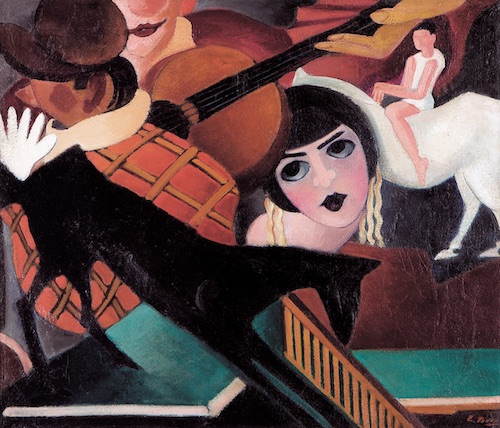
Korn points out that we all have such maps, but it is their very ubiquitousness that results in their often going unnoticed. “Every person on the planet navigates his life according to a singular, fluid, highly complex mental map that determines his goals, strategies, and tactics, his ideas of selfhood and truth, and his normative and aberrational behaviors – not his drives necessarily, but how he interprets and chooses to act upon them” (109). Indeed, the possession of such maps is what makes humans distinctive: “Mankind’s defining characteristic is the construction of narratives that explain who we are and how the world works” (126; cf. 160ff).
From where, according to Korn, do we get our mental maps? From the materials at hand (110) so that for each person his or her mental map is “ladled out of a cultural stew particular to his time and place” (111). Religious narratives are the most obvious type of narrative that address such needs but so too do secular systems. Korn identifies the following structural components in our worldviews: context (the bigger picture including the question of origins), belonging (being part of a social order), order (trust in the predictability of events in our physical and social worlds), meaning (the sense that our actions and thoughts are significant in a “larger plan” [118]), hierarchy (knowing our place in an order), and respect (viewing ourselves positively in the narratives of others).
Craft and Transformation
An intriguing aspect of Korn’s view of craft is that he not only sees craft as embodying and emerging out of a worldview, but also as transformative. When writing a personal mission statement, he found that the words he used to describe his goals as a furniture maker – “integrity, simplicity, and grace” – described precisely the sort of person he wanted to develop into through his crafting. He refers to this as a second epiphany: “For the past decade I had been imagining that my goal was to make furniture that expressed certain values. Now I saw that what I had really wanted all along was to cultivate these same qualities within myself” (102). He concludes that the primary motivation for creative work is self-transformation (see 102–4).
At the same time, Korn is aware that achieving expertise in a craft is not the same thing as being virtuous (cf. 124–25). Korn’s honest personal narrative itself reveals repeated occasions where his devotion to craft was damaging to his relationships with women. His tragic example of a life in which expertise and virtue – or having things together – are out of kilter is that of the father of contemporary ceramics, Peter Voulkos. “Peter Voulkos was a master craftsman, but master of his own demons he was not” (166). As much as Korn affirms the goal of craft as “integrity, simplicity, and grace,” there is a tension in his thought in that he recognizes that one may be the very best craftsperson without having one’s life together. The result is that his book ends on an ambivalent note: “Let me be clear: people who are creatively engaged are not necessarily happier, more fully realized human beings than the rest of us” (166). His final sentence encapsulates this tension: “Finding creative passion that governs your life may be a curse as well as a blessing, but I would not trade it for anything else I know” (167).
Part 2 of this article will follow in TBP 09.
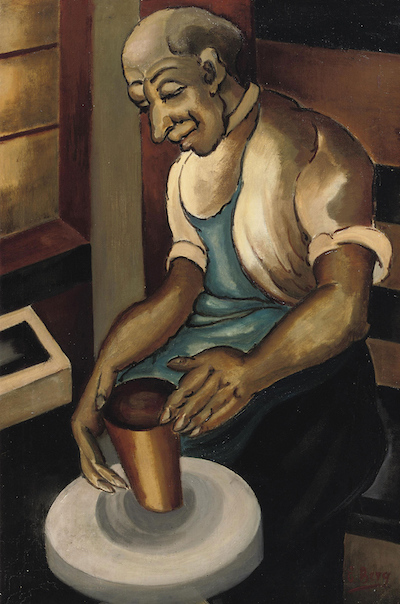
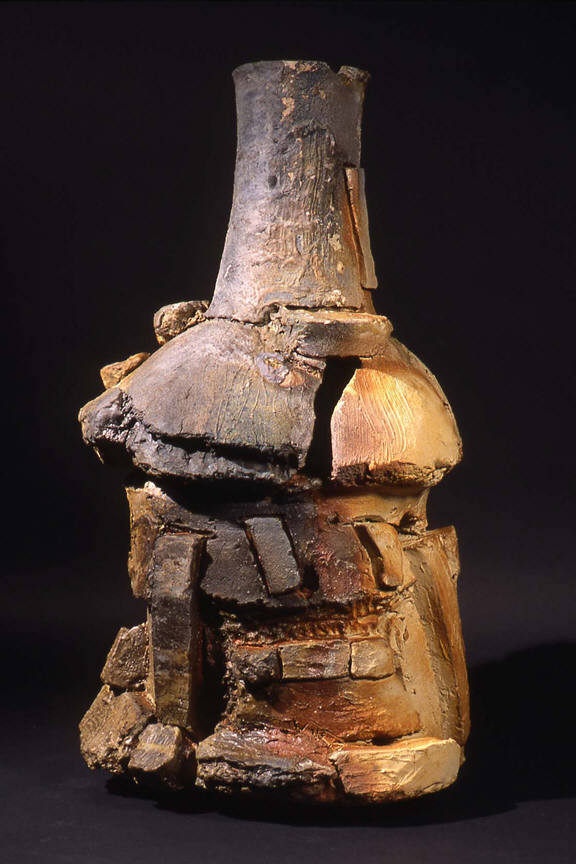
The Kirby Laing Centre for Public Theology in Cambridge. Charity registered in England and Wales. Charity Number: 1191741
Kirby Laing Centre, The New Mill House, Unit 1, Chesterton Mill, French’s Road, Cambridge, CB4 3NP
© 2022 The Kirby Laing Centre for Public Theology in Cambridge